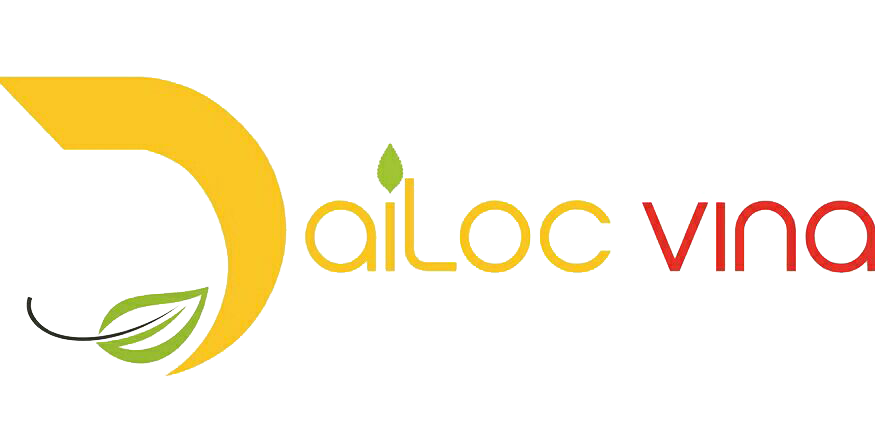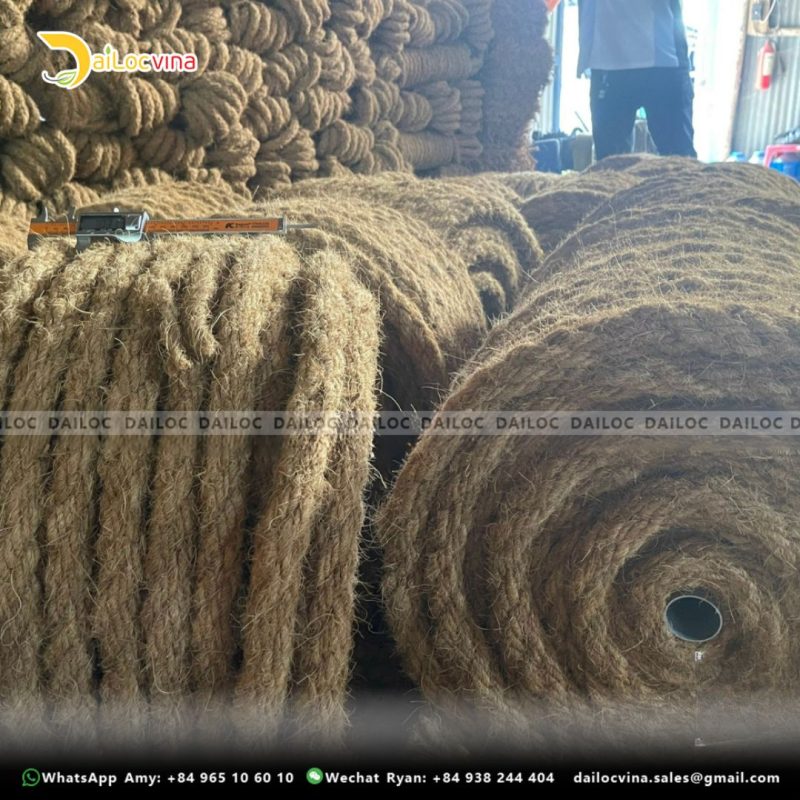News
COCONUT COIR ROPE IN MUSSEL FARMING TOP PRODUCT
Coconut coir rope used in mussel farming offers several environmental advantages compared to traditional materials.
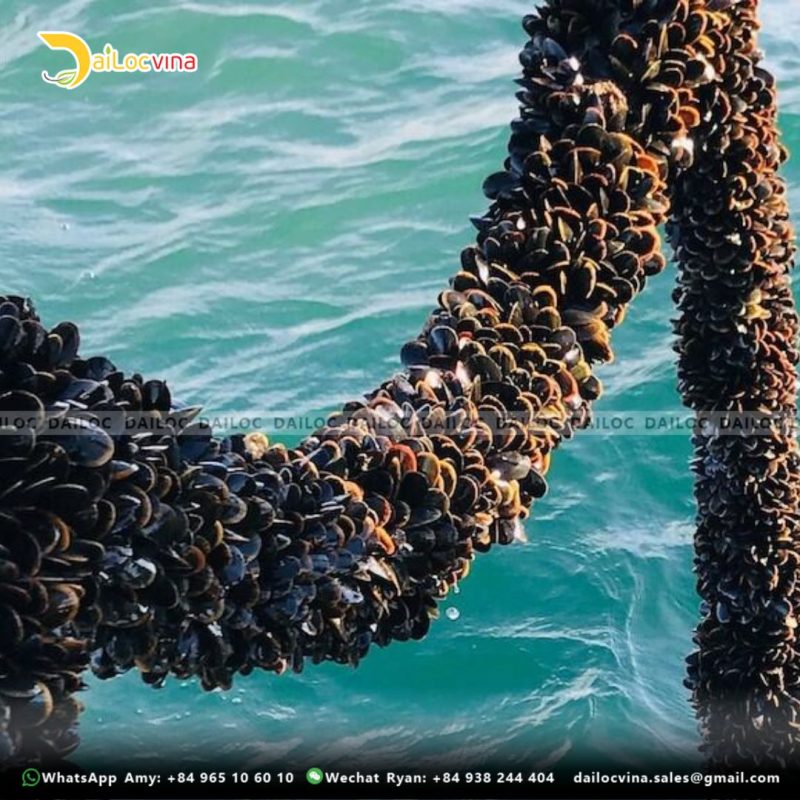
A DISCUSSION OF THESE BENEFITS:

- Biodegradability: coconut coir rope, derived from coconut husks, breaks down naturally over time, reducing pollution and impacting marine ecosystems, unlike synthetic ropes.
- Renewable Resource: Coconut coir is produced from coconut husks, a byproduct of coconut cultivation, a sustainable practice that conserves natural resources and supports ecosystem health.
- Low Carbon Footprint: Coconut coir rope produces fewer carbon emissions than synthetic rope, requires minimal energy, and is biodegradable, reducing long-term emissions when disposed of.
- Ecosystem Benefits: Coconut coir rope enhances mussel farming by creating artificial habitats for mussels and other marine organisms, promoting biodiversity and resilience.
- Water Quality Improvement: Coconut coir rope enhances water quality by acting as a natural filter, enhancing the filtering capacity of mussels, which remove excess nutrients and particulates, reducing eutrophication and algae blooms.
- Reduced Waste: Coconut coir rope reduces waste in coastal areas by being biodegradable, allowing for composting or disposal after use, unlike synthetic ropes that may persist for decades.
Coconut coir rope in mussel farming offers environmental benefits like biodegradability, low carbon footprint, ecosystem benefits, water quality improvement, and reduced waste generation, contributing to coastal ecosystem preservation.
Coconut coir rope promotes ecosystem health and biodiversity by providing a natural substrate for mussel attachment in aquatic environments.

AN EXPLANATION OF HOW THIS PROCESS WORKS:
- Attachment Surface: Coconut coir rope serves as an ideal surface for mussel larvae, also known as spat, to attach and settle. The rough texture of the coir rope offers numerous crevices and irregularities where mussel larvae can securely anchor themselves using their basal threads. This attachment is crucial for the mussels’ survival and growth as it provides stability and protection from predators and water currents.
- Habitat Creation: As mussel larvae attach and grow on the coconut coir rope, they create microhabitats that support a diverse array of marine life. The ropes become colonized by various organisms, including barnacles, algae, and small invertebrates, which further enhance biodiversity. These organisms utilize the rope’s structure for shelter, feeding, and reproduction, contributing to the overall richness and complexity of the ecosystem.
- Filter Feeding: Mussels are filter feeders, meaning they draw in water and filter out plankton and organic particles for food. As mussels feed, they help improve water quality by removing excess nutrients and particulate matter from the surrounding environment. This filtering activity enhances water clarity and reduces the risk of eutrophication and algae blooms, benefiting the health of the ecosystem as a whole.
- Nutrient Cycling: The presence of mussels attached to coconut coir ropes contributes to nutrient cycling within the ecosystem. Mussels absorb nutrients from the water as they feed and grow, incorporating them into their tissues. When mussels die or are harvested, their nutrient-rich biomass is recycled back into the ecosystem, providing essential nutrients for other organisms and supporting primary productivity.
- Habitat Connectivity: Coconut coir ropes in mussel farms serve as stepping stones or corridors that connect different habitats within the marine environment. They facilitate the movement of larval organisms, such as fish and invertebrates, by providing a substrate for attachment and shelter during their early life stages. This connectivity enhances genetic exchange and population dynamics, contributing to the resilience and sustainability of marine ecosystems.
Overall, coconut coir rope promotes ecosystem health and biodiversity by providing a natural substrate for mussel attachment and creating habitat complexity. Through their filtering activity, nutrient cycling, and habitat connectivity, mussels attached to coconut coir ropes play a vital role in maintaining the balance and productivity of coastal ecosystems.
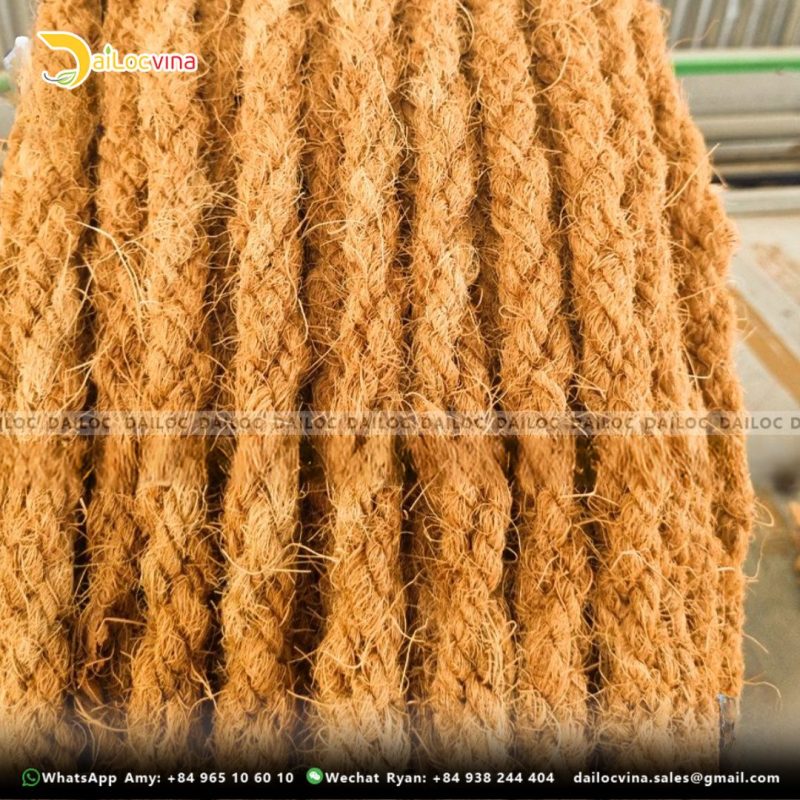
At DAILOCVINA, you will see how a coir products has been made from coconut and exported to a lots of countries over the world. DAILOCVINA are proud to be among the Top manufacturer of coir mat, coir net, coir shade sail, coir fiber. coir tape, coir felt…. tried to deliver the best option to customer at lowest price.
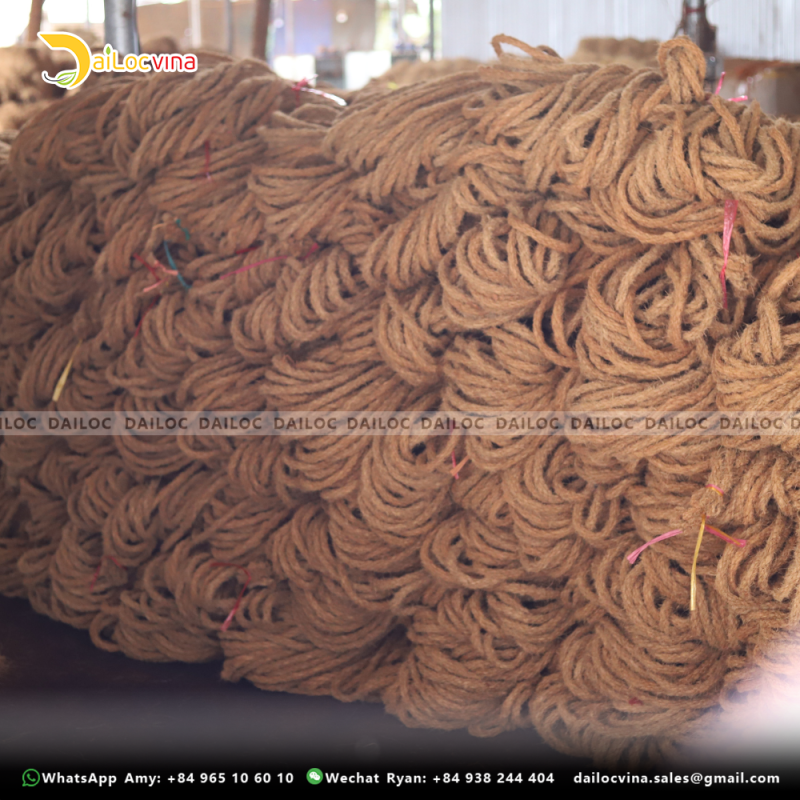
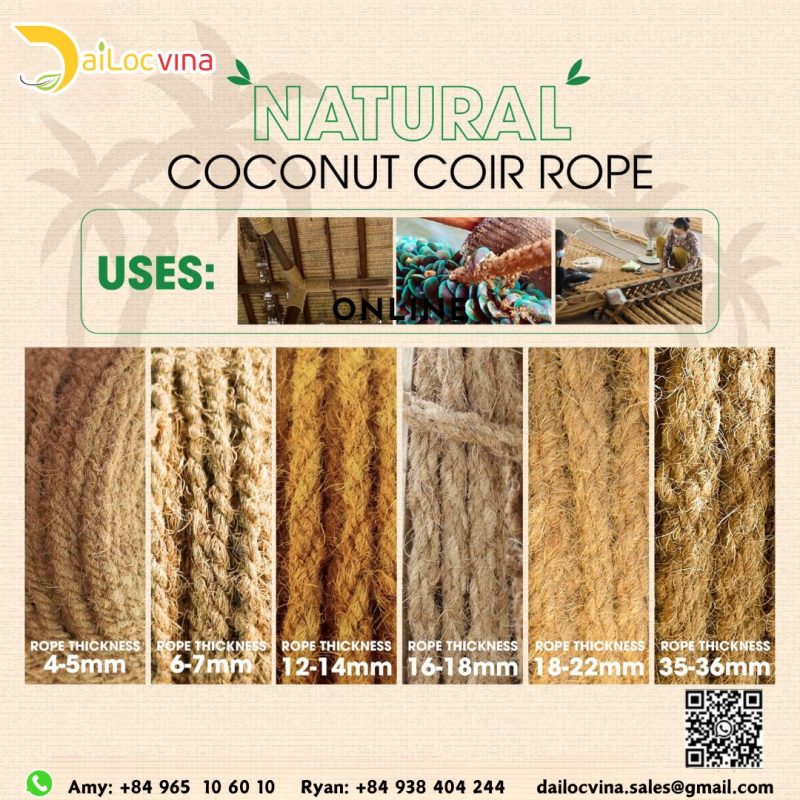
If you have any inquiries feel free to contact with our dedicated sales team:
Sales Director: Mr. Ryan (Vietnam): +84 938244404 (Kakaotalk, Wechat, Whatsapp)
Ms. Amy (US, Euro) : +84 965106010 (WhatsApp, Kakao, Line)
Ms. Lan ( 한국 영업 담당자 ): +84 969273598 | Kakaotalk ID: hoailan98
电话 (阮秀钗) +84 933320776 微信ID:TuTram1008
Ms.Han(日本) : +84 974819071 I Line: cocohitech.info
Ms. Vi (中文)+84397317401 微信ID:NTTV_0608
Ms. Doris (English): +84 785525348 (WhatsApp)
Website: https://cocohitech.com/
Website: https://kr.cocohitech.com/ (Korea)
Website: https://cocohitech.jp/ (Japan )
YouTube: https://www.youtube.com/watch?v=X7uwnNDKJ4M&t=70s
Instagram: https://www.instagram.com/cocohitechvietnam/
